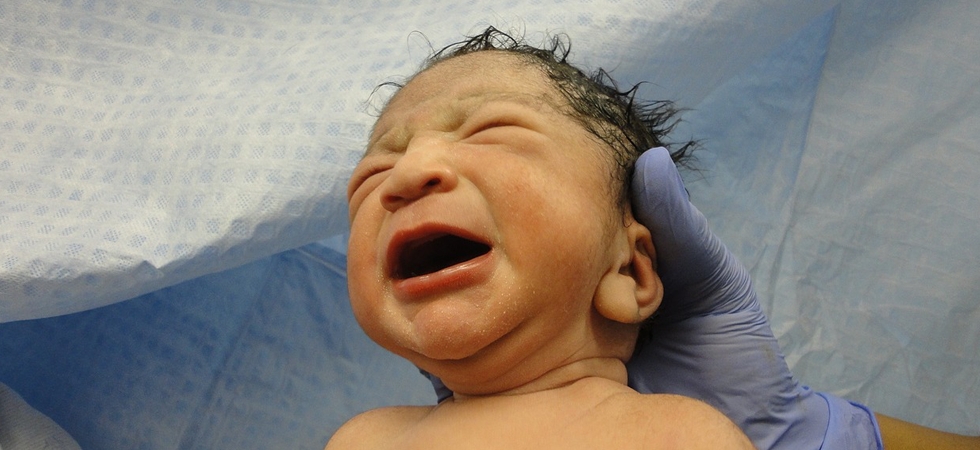The issue of babies being born alive, and not provided life-saving care is one that many find horrifying. I addressed this issue in this article and a table detailing the statistics of this in Victoria is available here. The figures are taken from original government reports which are compiled here for ease of reference.
What seems to be misunderstood in some of the media reporting is the way in which this occurs and the intentionality of it, with some journalists and those they interview describing such events as 'mistakes'.
In some cases, this may be true, but for the most part it is likely that such an outcome could be anticipated. In Australia abortion procedures past 20 weeks usually comprise one of 4 methods.
1. An early induction whereby the woman experiences labour and delivery
2. An early induction preceded by a foetal cardiac injection or amniotic injection to ensure foetal death prior to delivery
3. Dilation and evacuation whereby the foetus is removed in pieces via instruments.
4. Intact dilation and evacuation whereby the foetus is partially delivered feet first and then killed via instrumentation through the neck, sometimes referred to as a 'partial-birth abortion'.
The intent of options 2-4 is that the foetus cannot survive delivery, however with the first method, it is possible it will, and this may be anticipated. It is however also anticipated that the baby have medical conditions that will make survival of the birth process less likely, and survival without life-saving measures impossible.
Either way, live delivery would not be considered a 'mistake' but an anticipated and perhaps even sometimes intended outcome of the termination process. It is important to understand what one is proposing when feeling horrified by this occurrence.
The only way to ensure the foetus will not be born alive is to ensure its death before delivery, or to use an alternative method, that when understood often also horrifies. We have to think about whether we are arguing that pregnancies should not be terminated at gestations that necessitate different methods, or whether we are arguing that they should be more effectively killed before delivery.
When advocating for abortion, arguing against abortion, and in particular legislating abortion, it is important to know your facts, even when such facts leave you uncomfortable.








